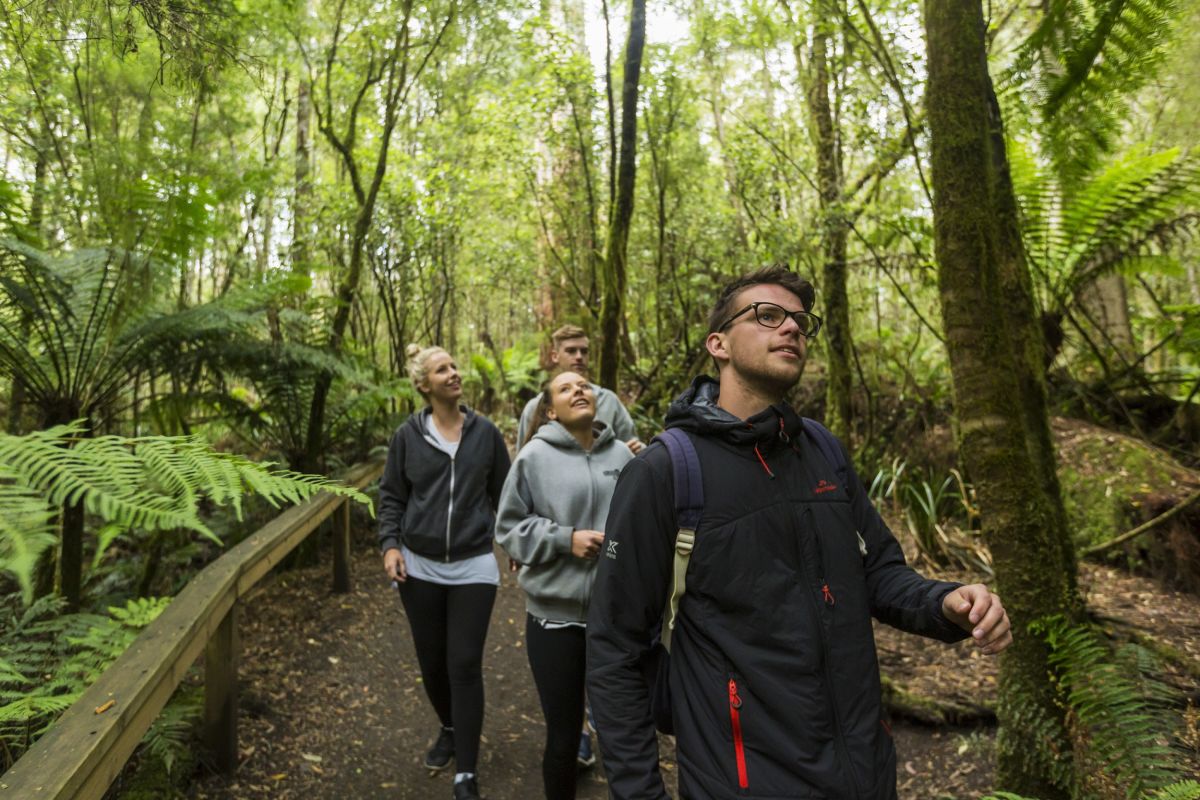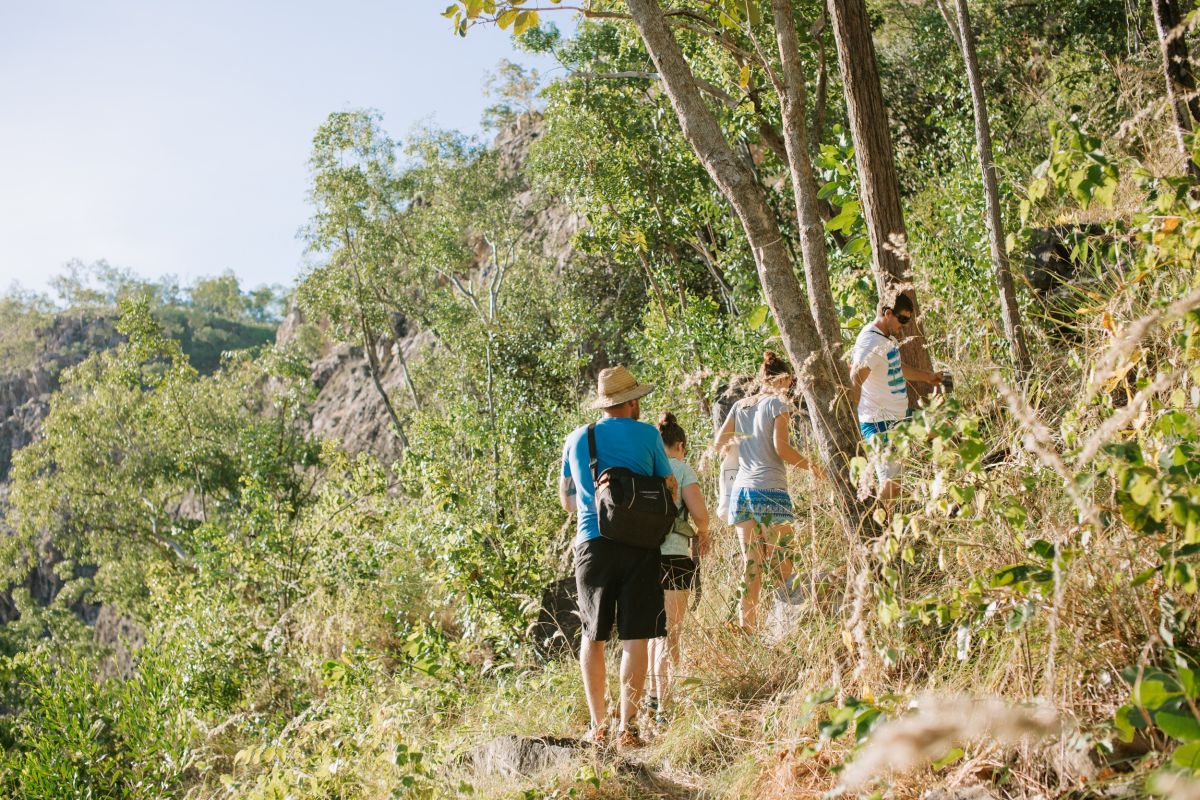What to Pack for a Hike
The right footwear
On lots of popular walks you can get away with runners, but proper walking boots of strong construction that are waterproof and offer ankle support are much better if you are taking on one of the more challenging walks. Proper heavy walking socks and some sticking plasters for any blisters are a good idea if the walk is longer.
Tip: Some talc on your feet and thin inner socks with thicker outer socks
also helps to keep your feet dry and helps prevent blisters.
Waterproof jacket with a hood
Gore-Tex is best. Gloves and beanie if it might get cold.
Tip: Mittens are warmer than gloves if you are not going to be using your hands a lot.

Plenty of water
Even where there are some water points these should not be your sole source of water, as you need to drink as you go along and not every stream is suitable for drinking. As a guide, even for a day walk, an adult should carry two to three litres of water. For hot conditions to walk for say eight hours even up to four litres is not too much. Sounds obvious, but if you have ever had to walk thirsty you’ll know how important this is.
Tip: A hydration pack is by far the best way to carry water and a mug is handy
to collect water from small drips, springs etc.
Some high-energy snacks
Pack high energy snacks such as health bars, scroggin, chocolate etc.
Tip: On longer walks or if conditions are hot it’s also good to have something salty for electrolyte replacement i.e. crackers with peanut butter.
Your mobile
Great to take pictures and you can often get reception from some high points that are quite isolated. If you want to get more serious than that you need an EPIRB (Emergency Position Indicating Radio Beacon) that will bring rescue services right to you if you are injured.
Tip: Make sure you have plenty of charge. Packing a power bank can help with this.

Sunscreen and a hat
You can get sunburnt even in winter so sunscreen and a hat/cap that shades your face are essential. In hot conditions, a loose fitting long-sleeved shirt is a good idea and carrying sunscreen is a must.
Tip: Micro fibres are the best fabric choice as sweat dries quickly and
long pants that convert to shorts give you a bet each way.
A map
The navigation for short walks is mostly very straightforward so a map is totally unnecessary since there are signposts or the route is obvious. On other walks one is handy, and probably a must.
Tip: Considering what it weighs it’s handy to have a paper map,
even just to know distances.



